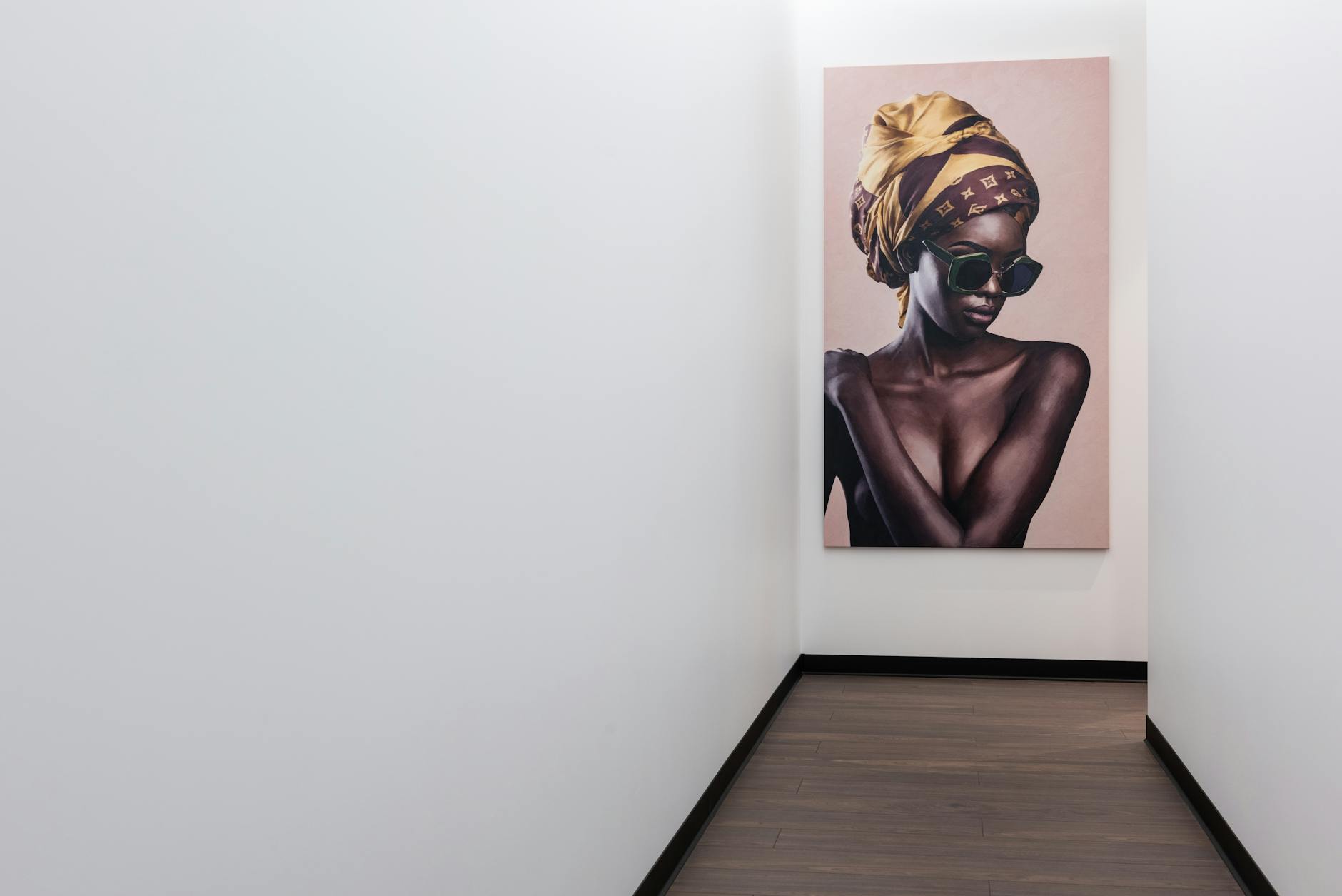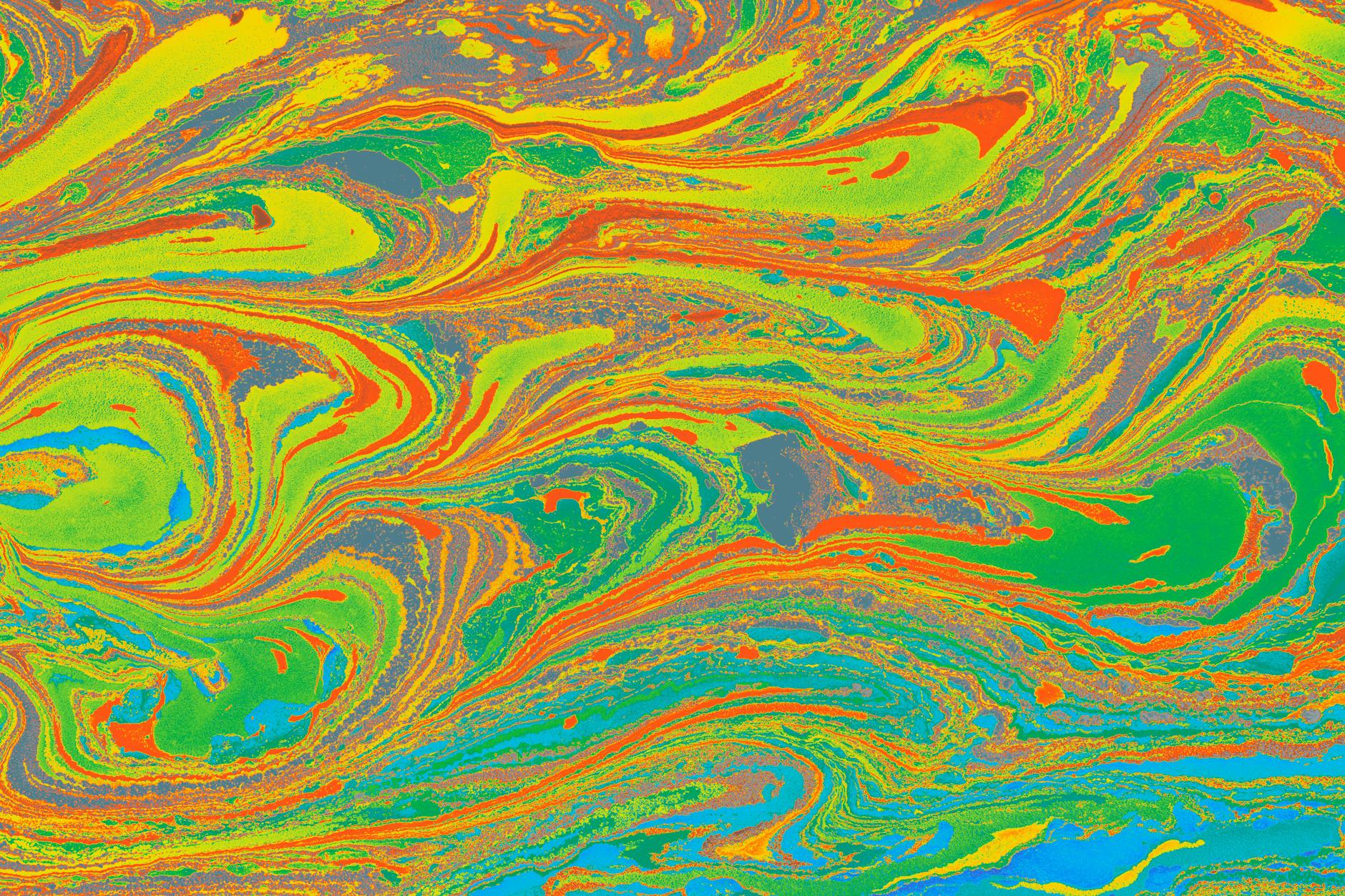For centuries, indigenous cultures around the world have utilized psychedelic substances in their spiritual rituals and ceremonies. At the forefront of these potent substances are magic mushrooms, specifically Psilocybe cubensis (1). Aside from their role in ethnomycology and psychopharmacology, these enchanting fungi have deeply entwined themselves in the creative world, heavily influencing the realm of psychedelic art.
Psychedelic visuals are a vibrant interpretation of the mind-altering experiences sprung from the consumption of magic mushrooms. These experiences, often described as transcendent and mystical, connect one to a realm of fantastical creatures, abstract symbolic structures, and illusory worlds, reflecting the intensity and multidimensionality of human imagination.
Psychedelic art emerged as a cultural phenomenon during the hippie movement in the 1960s and early ’70s, gaining visibility with the popularity of psychedelic posters flaunting the line-ups of rock concerts. Artists such as Rick Griffin, Victor Moscoso, and Stanley Mouse became famous for their vibrant, hallucinatory imagery featuring swirling lines, distorted figures, and vivid, contrasting colors. Their works conveyed the disorienting, chaotic, and incredibly beautiful world one would plunge into under the influence of psychedelics.
Meanwhile, the influence of psilocybin on visual art didn’t limit itself to poster prints. Smaller-scale trippy illustrations became a popular method for artists to document their inward journeys. These drawings encapsulated the subtleties of the experience, with motifs of mushrooms often woven in as a nod to the natural inspiration behind the kaleidoscopic visions.
Look at the works of Alex Grey, a contemporary visionary artist known for his spiritual, anatomy-based art. In his series called “Sacred Mirrors”, Grey highlights the human body in different states of consciousness, his paintings giving off an eerie, luminescent aura that encapsulates the dynamic energy of life seen under the influence of Psilocybe cubensis.
Fungi art extends beyond just the representation of psychedelic experiences. Mushroom symbolism exists in various cultures signifying growth, transformation, and connection. Fairy tale art often features mushrooms as dwellings or magical objects, contributing to the mystical environment typically associated with these stories.
Art depicting the psychedelic experiences induced by magic mushrooms allows those who’ve not ingested these fungi to glimpse into the altered states of consciousness. But more than that, this art form acts as a therapeutic tool for those who have experienced these profound states, enabling them to process and articulate their experiences in a visual medium.
Artists also depict psilocybin’s effect on their internal perception of self and the world. Visual representations of the ego-death experience commonly associated with psilocybin mushrooms — an elimination of a perceived sense of self — are popular subjects. These may include images of humans merging with natural elements or dissolving into complicated patterns.
Tapping into the unconscious mind, psychedelic art might be perceived as a mirror to our collective psyche — reflecting both personal experiences and universal truths. In this sense, it too is a tool for introspection and self-discovery. It invites viewers to question, contemplate, and appreciate the complexity and beauty of our existence.
Inevitably, the combination of Psilocybe cubensis and artistic expression continues to inspire and enthrall. The widespread acceptance and legalization of magic mushrooms in recent years have sparked a resurgence of psychedelic visuals. Today, artists worldwide are continually pushing the boundaries of perception and creativity, chronicling their journeys into the celestial confines of the mind, and producing extraordinary works of art infused with mushroom symbolism and psychedelic experiences.
Amid an urban world increasingly disconnected from nature, psychedelic art, under the influence of sacred fungi, reminds us of the profound connection between all forms of life, awakening us to the universal rhythm that permeates existence.
References:
(1) Psilocybe cubensis: History, and recent advances in research







